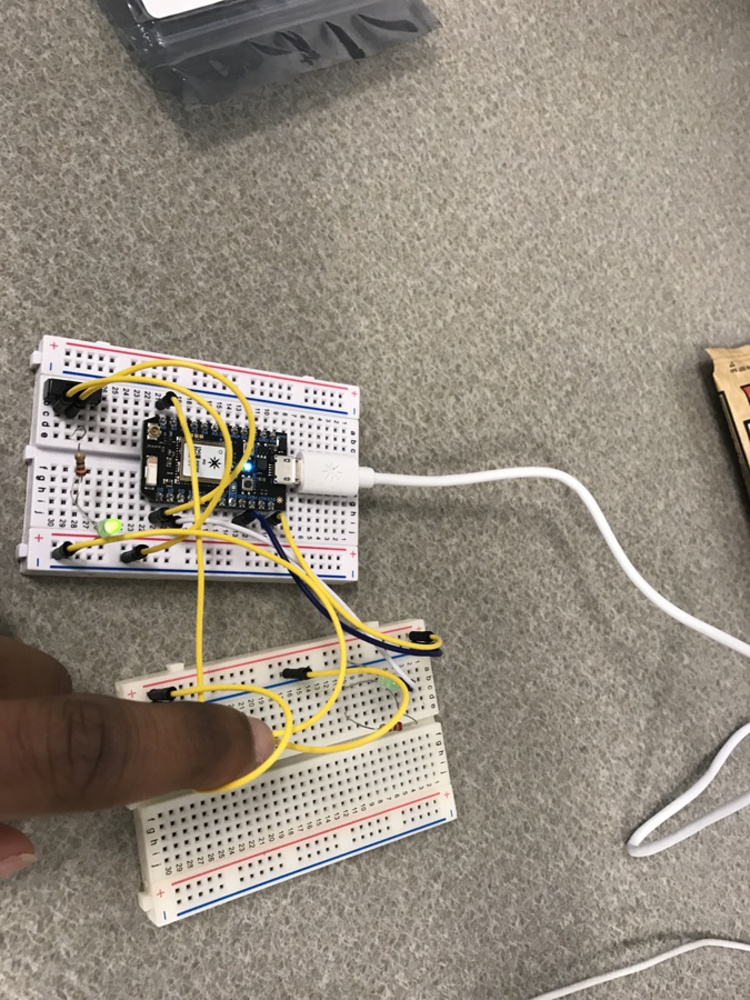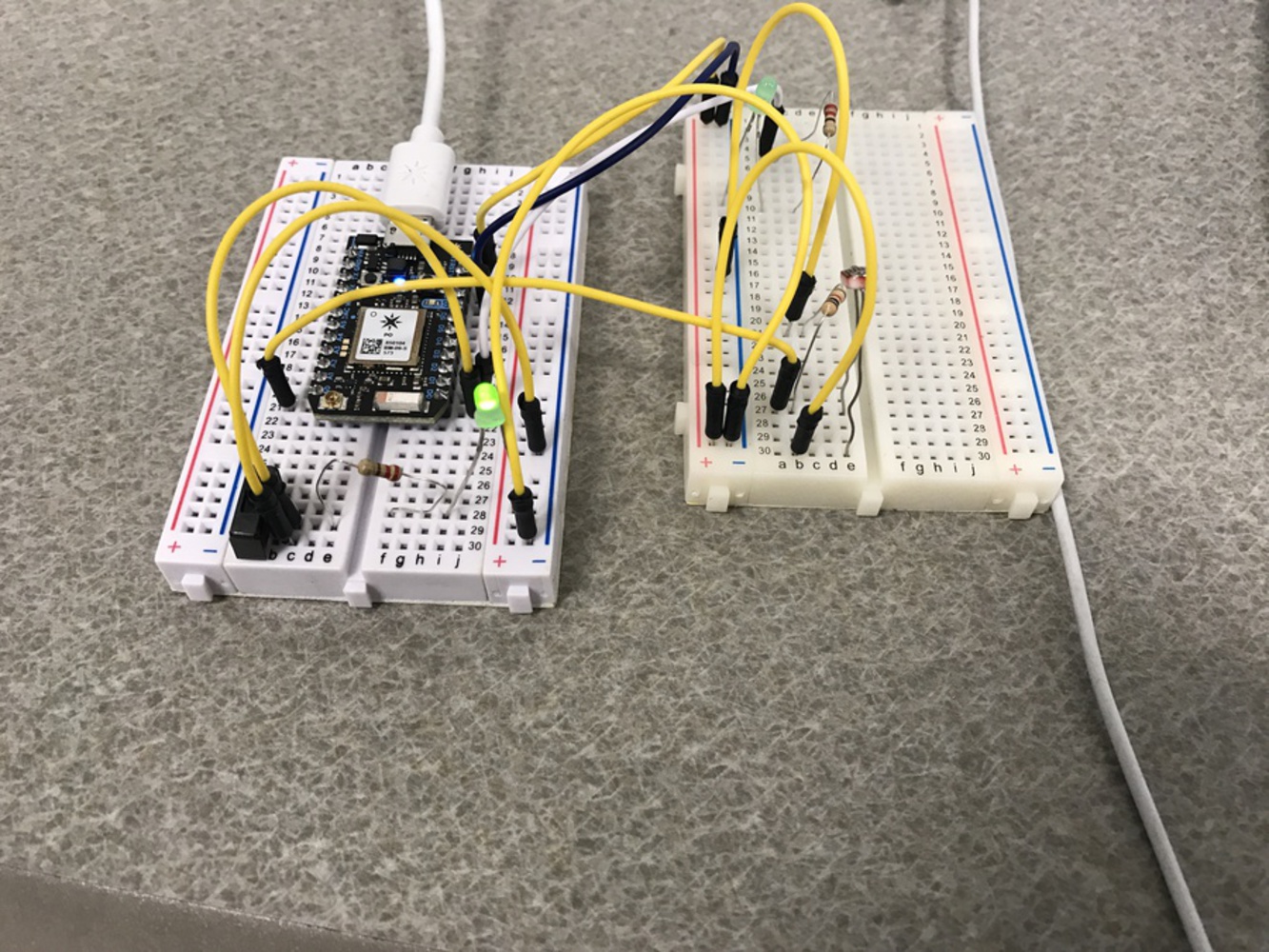Intention
I designed this device for one room in my house that has the light switch outside of the actual room. This room is a converted closet so it is smaller than the others and has a few other quirks with the light switch being one of them. As you can imagine this can be an annoyance to have go into the hallway to turn off the lights at night. I chose this problem because it is a small thing that is easy to deal with but it is an example of a type of problem that IoT can be used to solve. It is just making someone life a little bit easier.




